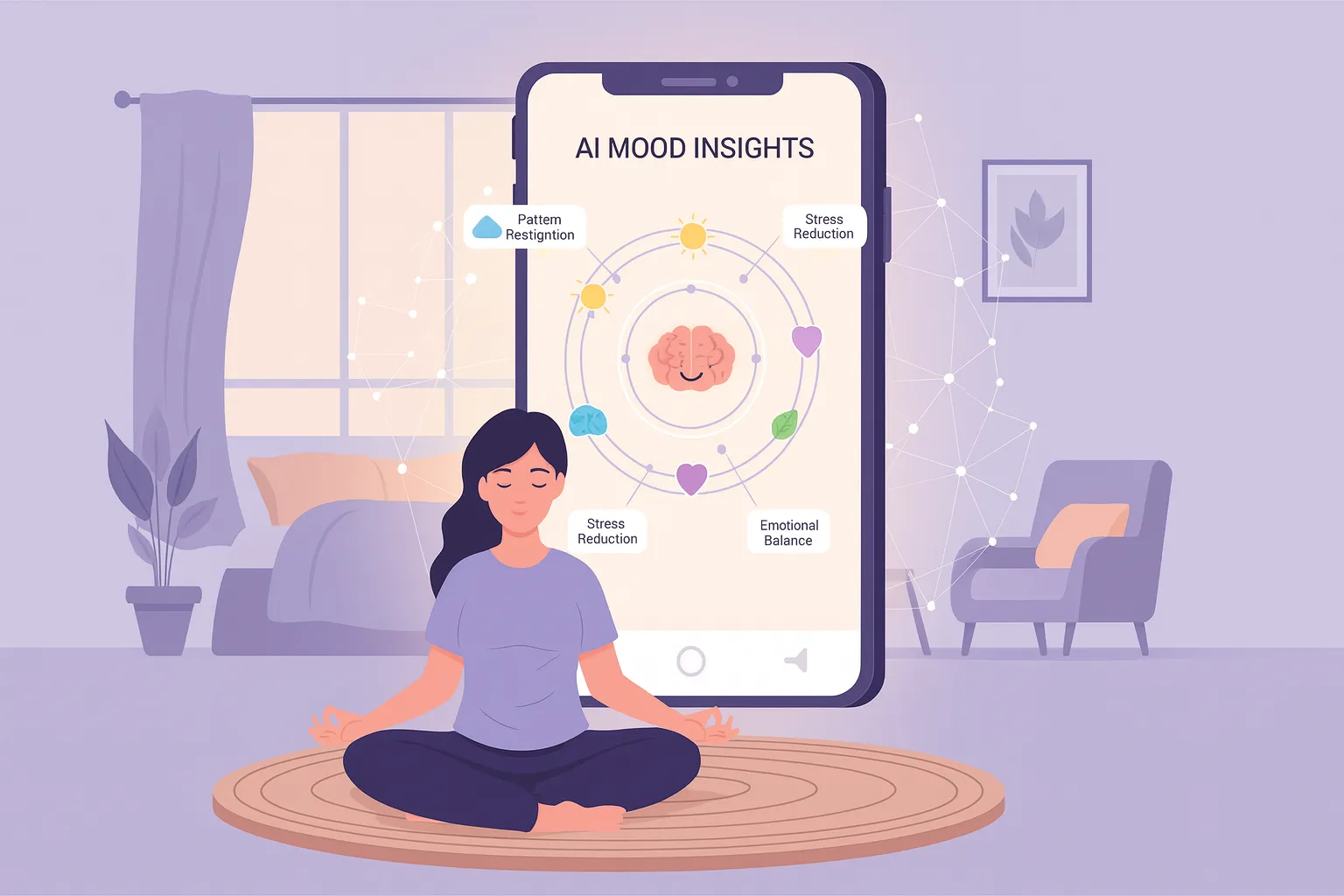Medical illustrations are essential in helping patients understand their health and care journey. Creating visuals that are clear, accurate, and tailored to the patient’s level of knowledge is a careful and important process. But how can we ensure that illustrations are both precise and effective for different audiences?
The Role of Illustration in Patient Communication
Illustration is a tool that facilitates the understanding of information, from the simplest to the most complex.
Whether in a children’s book, an instruction manual, or a drawing of a complex anatomical system, illustrations work as a bridge that allows broader and more effective access to knowledge.
For example, illustrations showing exercises or therapy techniques can help patients understand proper movements, positions, and sequences, making instructions easier to follow and safer to perform.
Considering the Patient’s Context
When creating an illustration, it is necessary not only to evaluate the information to be represented, but also to understand who the recipient is and in what context they are — cultural, social, or emotional — when accessing that information.
In medical illustration, this means considering both the content to be represented (anatomical, numerical, or other data) and the level of knowledge and circumstances of those who will see it.
Patients may differ in the severity of their condition, level of education, previous experience with medical topics, or age, all of which can influence how they perceive and understand an illustration.
Precare’s Approach to Medical Illustration
At Precare, we know that many of our illustrations are seen by patients preparing for a procedure and who often do not have deep technical knowledge.
For that reason, we carefully choose what information to emphasize, what anatomical part to highlight more or less, and how to make information as accurate as possible.
Our goal is to avoid ambiguities between what is written in a text, explained in a video, or shown in an illustration.
Collaboration with Healthcare Professionals
This meticulous work is often carried out together with healthcare professionals and supported by trusted health references.
This creates a two-way process:
- Healthcare professionals provide complex, well-founded information.
- Designers and illustrators translate it visually in the most efficient way for the public’s understanding.
Tools and Resources We Use
To achieve clarity, we use various resources, such as:
- Figurative drawings
- Captions and explanatory boxes
- Color coding and associations
- Detail magnification
Each of these elements contributes to making illustrations more educational and accessible.
Final Thoughts
Illustration is a powerful and essential tool in preparing patients for the stages of a procedure. By considering the context, selecting the right details, and aligning with reliable information, illustrations make a significant difference in patient education.
At Precare, we combine design, illustration, and empathy to inform, clarify, and reassure everyone who interacts with our materials.
👉 Want to see how medical illustrations can support your patients? Check out some of our booklets here.




